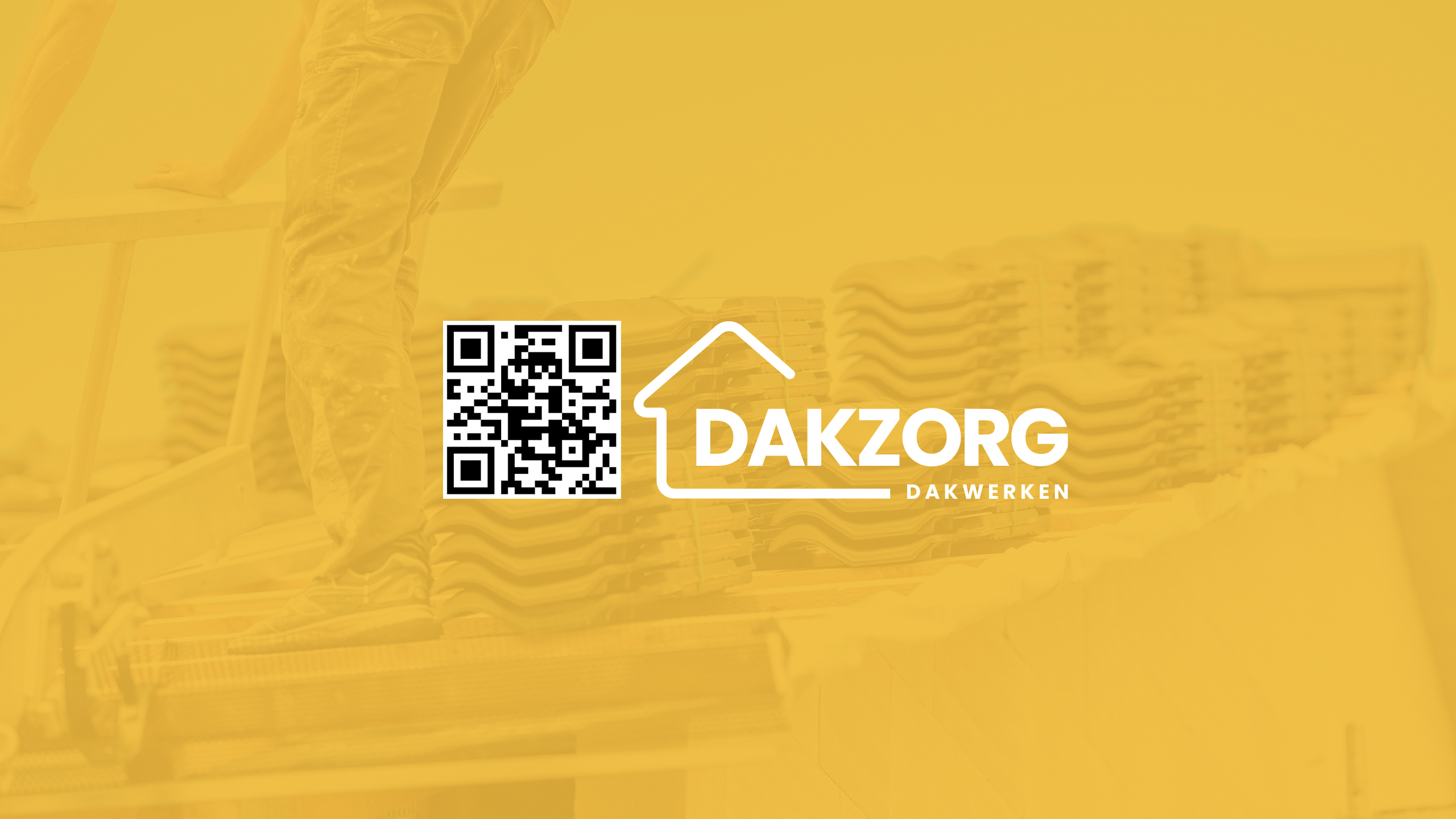Introduction
Thatch roofs have long been a staple in traditional Dutch architecture, embodying both a rich history and a unique aesthetic. They are not just roofs; they are a testament to the craftsmanship of generations past. However, with the beauty of thatch comes the need for diligent care and maintenance. This article will serve as your comprehensive guide on Caring for Thatch Roofs: A Guide for Traditional Homes in the Netherlands. We’ll dive into various aspects—from understanding thatch materials to maintenance tips, repairs, and more.
Caring for Thatch Roofs: A Guide for Traditional Homes in the Netherlands
Thatch roofs boast numerous advantages, particularly in terms of their insulation properties and visual appeal. They help keep homes warm during harsh winters while remaining cool in summer months. But how do you ensure they last? Let’s break down everything you need to know.
Understanding Thatch Materials
What is Thatching?
Thatching refers to the practice of constructing a roof using dry vegetation such as straw, water reed, or rushes. This technique has been utilized across various cultures but holds special significance in the Netherlands due to its historical background.
Types of Thatch Used in The Netherlands
- Water Reed: Known for its durability and natural resistance to moisture. Straw: Often used in rural areas, it requires more frequent maintenance. Rushes: Less common but provides an interesting texture and appearance.
The Historical Significance of Thatch Roofs
Cultural Heritage
In many regions of the podcast on roofing in Dutch Netherlands, thatched roofs are considered part of cultural heritage. They evoke images of charming villages and pastoral landscapes. Protecting these structures means preserving a piece of history.
Architectural Styles
Thatch complements various architectural styles from traditional farmhouses to modern chic designs. Understanding these styles can help homeowners appreciate their thatched roofs even more.
Benefits of Thatch Roofs
Energy Efficiency
Did you know that thatch has excellent insulating properties? This means lower heating bills during winter!
Sustainability
Thatch is eco-friendly! Being made from natural materials ensures minimal environmental impact compared to synthetic roofing options.
Common Issues with Thatch Roofs
Moss Growth
While moss may seem quaint, it can lead to moisture retention which compromises your roof's integrity over time.
Pests and Infestation
Insects love damp environments! Regular checks can prevent infestations before they turn into costly repairs.

Routine Maintenance Tips
Regular Inspections
Conduct inspections at least twice a year—preferably in spring and autumn—to catch potential issues early on.
Sample Inspection Checklist:
roofing| Aspect | What to Look For | |---------------------|-------------------------------------------| | Moss Growth | Check for patches forming on the surface | | Structural Damage | Look for sagging areas or missing thatch | | Pest Activity | Keep an eye out for insects or nests |
Cleaning Your Thatched Roof
Gently remove leaves and debris using a soft brush or broom. Avoid power washing as it can damage the delicate materials.
How to Repair Thatch Roofs?
Identifying Damage Early On
Detecting damage early is key. Look out for:
- Missing or broken sections Loose strands
Each issue requires different methods of repair, so let’s explore those next!
DIY vs Professional Repairs
Sometimes it's better to call an expert! Here’s when you should consider professional help:
- Extensive damage Structural concerns
Choosing a Qualified Thatcher
Finding someone trustworthy can be daunting! Here are some tips:
Ask locals for recommendations. Check online reviews. Verify credentials and experience.Seasonal Care Tips
Winter Preparation
Snow accumulation can weigh heavily on thatch roofs. Clear off excessive snow when safe!
Summer Maintenance
Keep an eye out for pests as temperatures rise. Regular inspections become crucial during this season.
Weather Considerations: How Climate Affects Your Thatched Roof?
Understanding weather patterns is vital when caring for your roof:
- High humidity increases mold growth. Strong winds may displace thatch; regular checks are essential post-storm.
FAQ Section
How long does a thatched roof last?- With proper care, expect 30 years or more!
- It's possible but requires careful planning; consult an expert!
- Use gentle brushes; avoid chemicals or pressure washers!
- Yes! Speak with your insurance provider about specialized coverage options.
- Minor fixes might be feasible; however, extensive damages warrant professional intervention!
- Local laws may vary; check with local councils regarding guidelines!
Conclusion
Caring for your thatched roof doesn’t have to be daunting! With consistent maintenance, regular inspections, and prompt repairs, you can extend its life significantly while preserving its charm and functionality within your home’s architecture. Remember—the key lies in appreciation and proactive care! By following this guide titled Caring for Thatch Roofs: A Guide for Traditional Homes in the Netherlands, not only do you protect your investment but also contribute towards preserving cultural heritage within our communities.
This article aims to equip you with all essential knowledge about maintaining your cherished thatch roof while celebrating its beauty along with Dutch traditions!